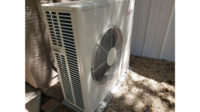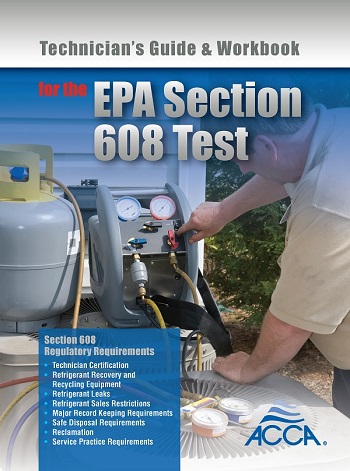EPA Allows Increased Hydrocarbon Charge in Household Refrigerators

The U.S. Environmental Protection Agency (EPA) issued a final rulemaking last month that increases the amount of hydrocarbon refrigerants allowed in household refrigerators and freezers from 57 grams to 150 grams, effective Sept. 7. Industry groups hope that this decision will also lead to an increase in the maximum charge size for hydrocarbons in commercial self-contained cases from 150 to 500 grams.
Last December, EPA proposed to modify the use conditions required for use of three flammable refrigerants — isobutane (R-600a), propane (R-290), and R-441A — in new household refrigerators, freezers, and combination refrigerators and freezers under the Significant New Alternatives Policy (SNAP) program to reflect an updated standard from Underwriters Laboratories (UL). Because EPA received adverse comments, the agency withdrew the direct final rule through a separate notice. In its latest action, EPA addressed relevant comments and finalized the proposed use conditions with no changes.
In the December 2017 direct final rule, EPA evaluated reasonable worst-case and more typical, yet conservative, scenarios to model the effects of the sudden release of each refrigerant from a household refrigerator or freezer containing the maximum charge size of 150 grams (5.29 ounces). This was done to determine whether the refrigerants would present flammability or toxicity concerns for consumers or workers, including those servicing or disposing of appliances. To represent a reasonable worst-case scenario, it was assumed that a catastrophic leak of each refrigerant would occur while the refrigerator or freezer unit was in a residential kitchen
EPA’s analysis for each of the refrigerants revealed that even if the unit’s full charge were emitted within one minute, the concentration would not reach the lower flammability limit (LFL) for that refrigerant in the less conservative scenario, showing a lack of flammability risk. As a result, EPA determined that a release of a 150-gram unit does not present a significant flammability risk in the reasonable worst-case scenario for the three refrigerants in household refrigerators and freezers.
Concerning toxicity of the refrigerants, EPA’s risk screens found that the 30-minute acute exposure guideline level (AEGL) was exceeded only in the worst-case scenario for the minimum kitchen volume (i.e., 18 m3). Based on the analysis, EPA determined that the minimum room sizes in which installed equipment could cause a toxicity concern would have to be approximately 0.8 times smaller than the larger modeled room size of 53 m3 (1,870 ft3), which is a conservative kitchen volume in the United States.
Thus, EPA determined that isobutane, propane, and R–441A do not pose significantly greater flammability and toxicity risks than other acceptable refrigerants in household refrigerators and freezers. The agency added that the higher charge size will provide greater flexibility to appliance manufacturers in the design of equipment, while also ensuring that such equipment will not pose greater risk than similar equipment using other acceptable alternatives.
Industry groups celebrated the decision, with Christina Starr, climate policy analyst, Environmental Investigation Agency (EIA), noting, “At long last, American consumers will have easy access to purchase climate friendly household fridges without HFCs, but EPA’s rulemaking has broader significance. It demonstrates that we can eliminate remaining market barriers still posed by outdated safety standards to low-GWP refrigerants in many types of cooling equipment. This standard change and its subsequent incorporation by EPA can and should be replicated in other sectors that are vital to mitigating HFC emissions, including commercial refrigeration and room air conditioning where efforts are still underway.”
Publication date: 9/05/2018
Want more HVAC industry news and information? Join The NEWS on Facebook, Twitter, and LinkedIn today!









